12th March - 18th March
Partner Company: Applied works
Brief: Design a way for people to experience The Hoffman Centre collections
Group: Maria Shuttleworth, Tatiana Bohsali, Qendresa Selimi, Kate Chernysheva
Partner Company: Applied works
Brief: Design a way for people to experience The Hoffman Centre collections
Group: Maria Shuttleworth, Tatiana Bohsali, Qendresa Selimi, Kate Chernysheva
Following the presentation on Thursday, this week we needed to think about information hierarchy, develop the connection between our paper plane metaphor and navigation as well as improve our AR.
INFORMATION HIERARCHY
Taking inspiration from the Object Oriented Ontology (Lindley et al., 2020), we considered constellation mapping as our way forward of organising and connecting information to create a library where users are able to navigate freely and coherently. To begin, Maria did some research into Hoffmann Centre’s collections once again which helped us with categorising information into different themes and tags.
Our next challenge was arranging it in the right way. We thought of getting deeper into the air travel metaphors by linking it to other related elements or, from Maria’s suggestion, use different shapes and colours of origami birds. Finally, Tatiana suggested a 3D structure of levels, where information is arranged based on the x, y and z axis. However, to make it more visual, Tatiana also created a physical prototype based on Maria’s drawing, which started to seem too sophisticated.
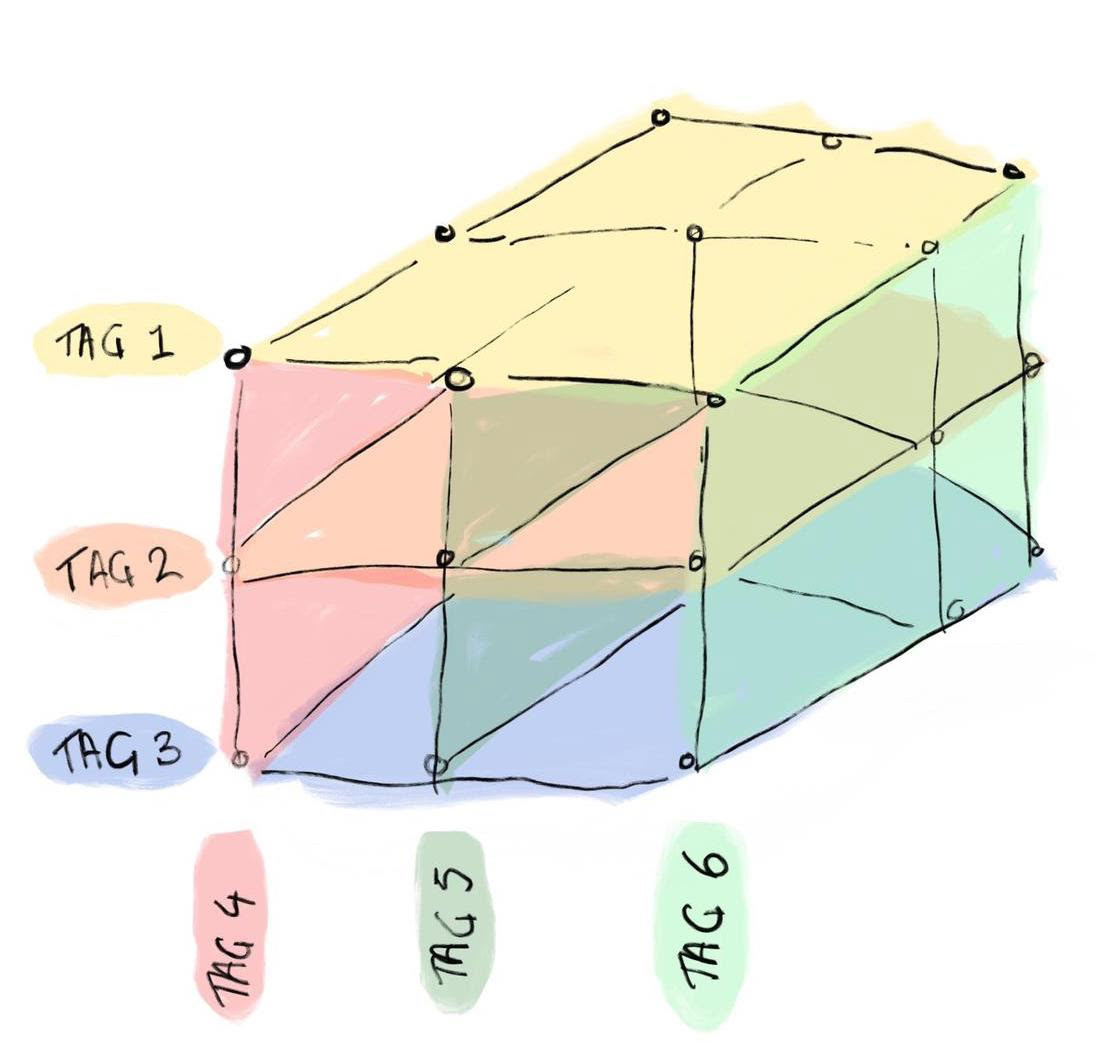
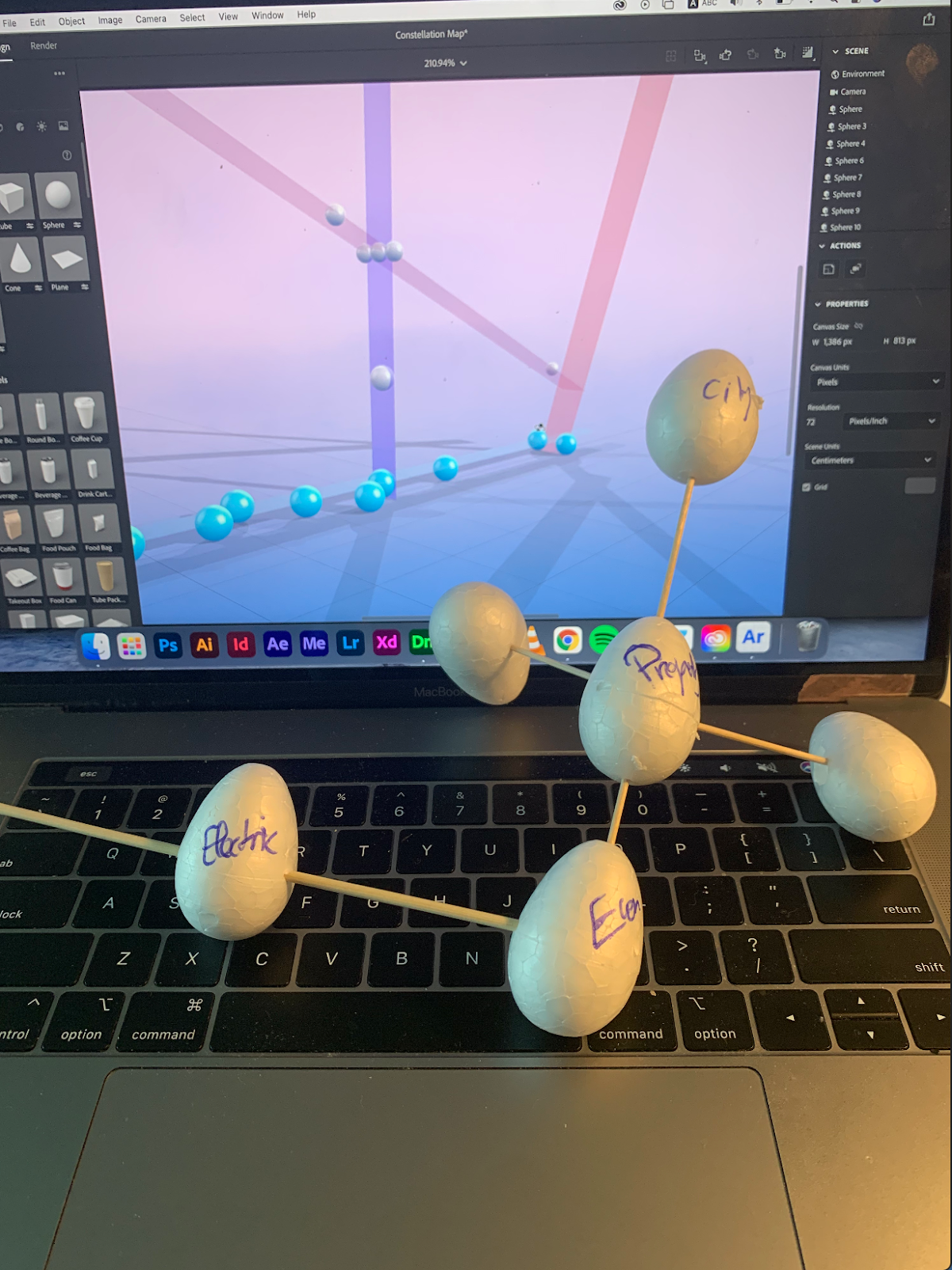
Ideas on how to organise information. Sketch on the left illustrated by Maria, low-fi 3D prototype developed by Tatiana.
Nevertheless, we also needed to move forward in terms of actually organising our themes. At first, we considered conducting a Card Sorting research method from the Universal Methods of Design. However, we realised there wasn’t enough time for us to organise it with people from our target audience. Hence, we decided to do it ourselves. Maria and I sat down to organise all the information she collected into themes and tags. Our goal was to make everything intersect and connect with one another to achieve a coherent structure.

Information hierarchy diagram. Created by Maria and Kate.
Later on, after developing our first draft, Maria discovered the concept of a node link diagram which inspired me to reorganise ours. Even though I struggled a little at first, I managed to find a way to build a rational formation by adding colours and by placing topics in different ranges depending on their interconnectedness. This was a very mind-exercising task but it was a great opportunity to learn the new skill of sorting information.

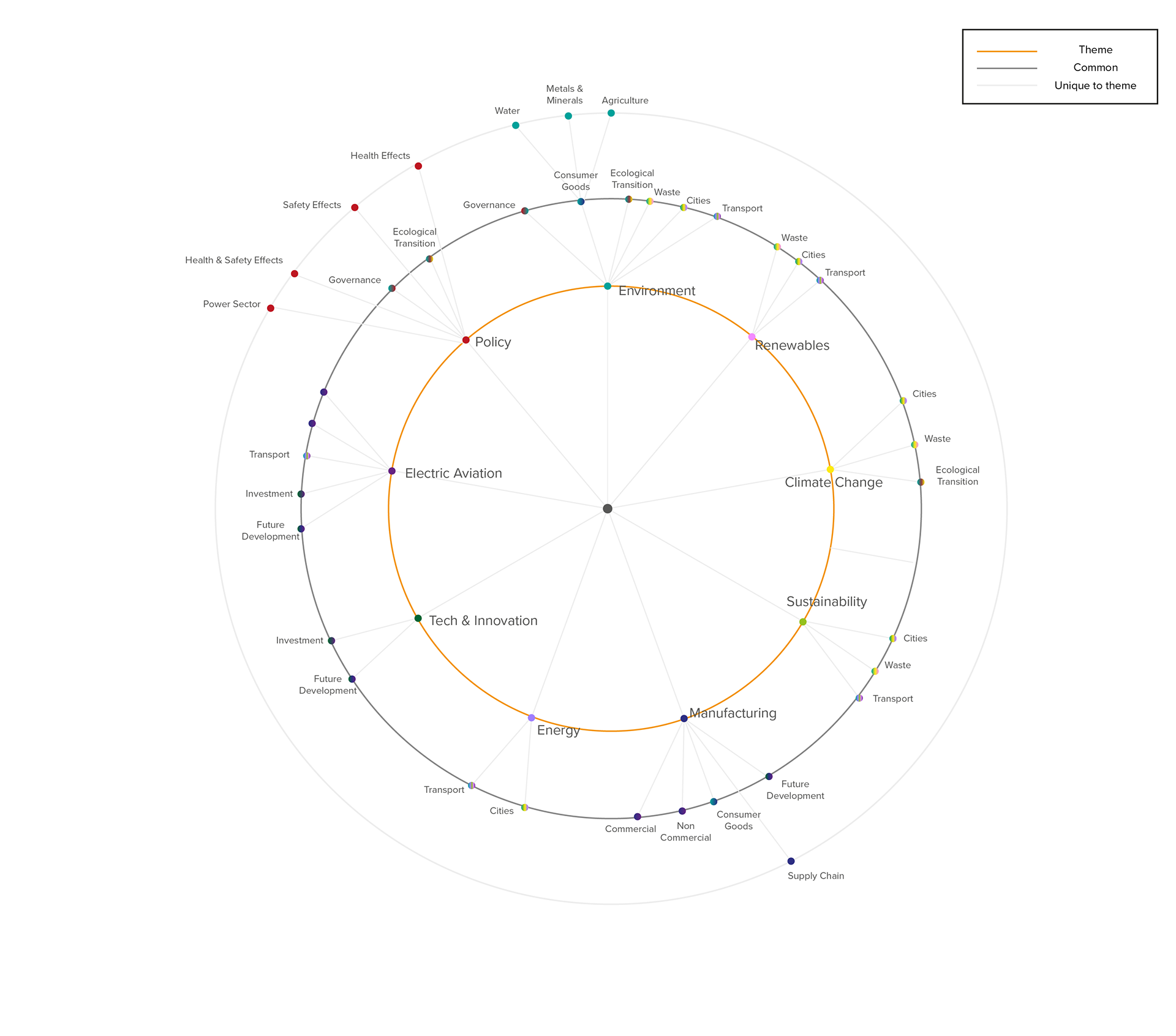
My first attempts at making a coherent diagram from the draft we made.
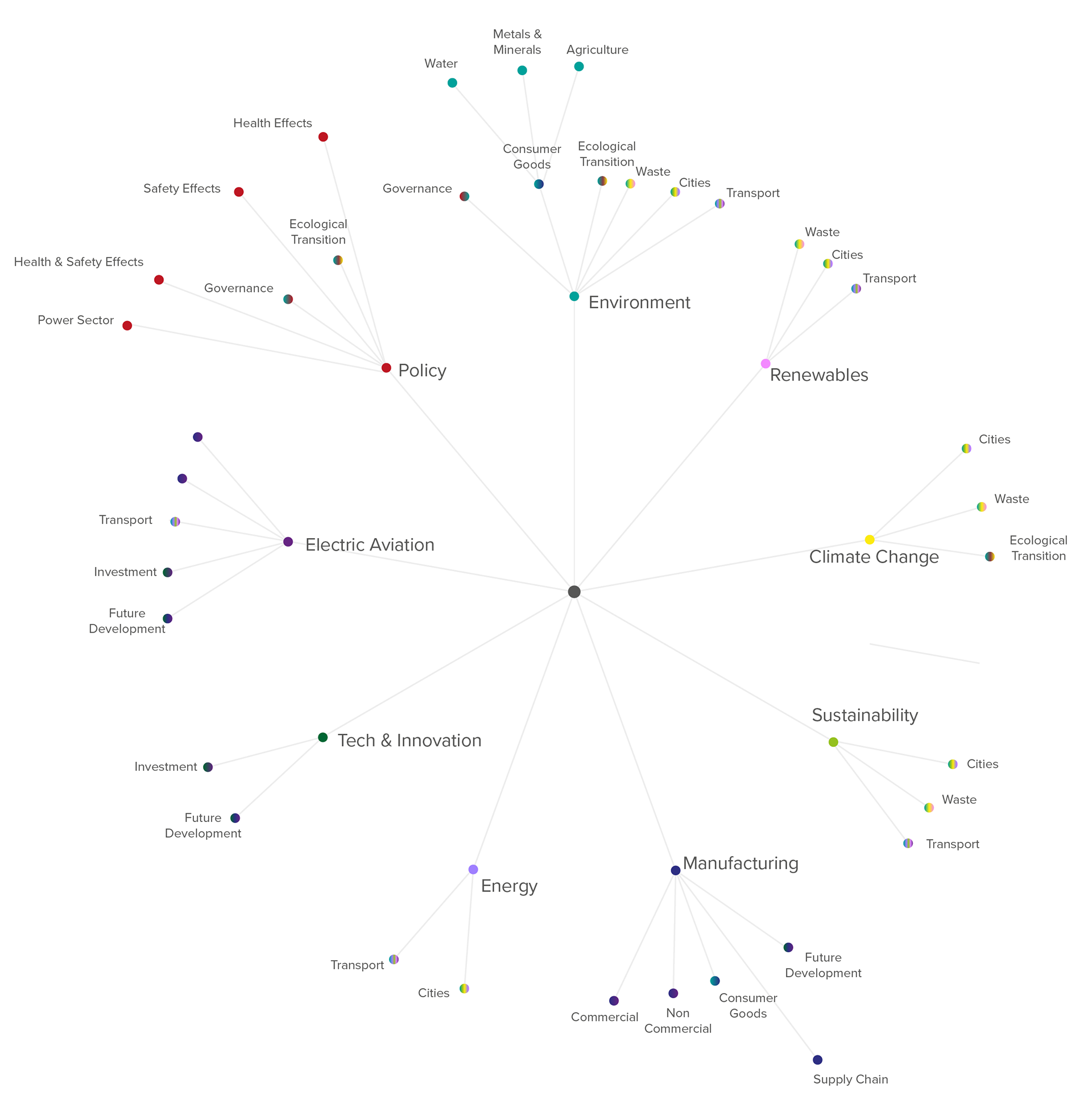
A node diagram representing our information hierarchy. Created by Kate.
WEBSITE
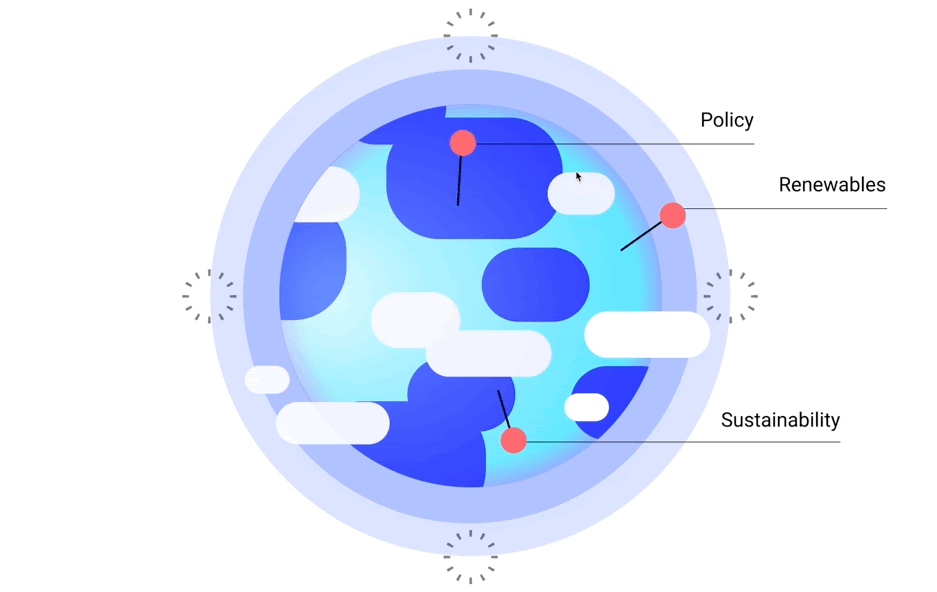
Based on the developments of our information hierarchy diagram we were able to find a new way of navigating the globe. This was the unfinished prototype of the website we presented. Developed by Maria.
AR
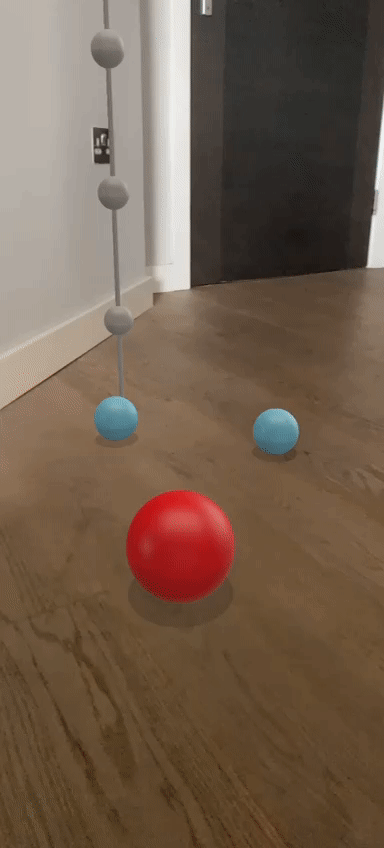
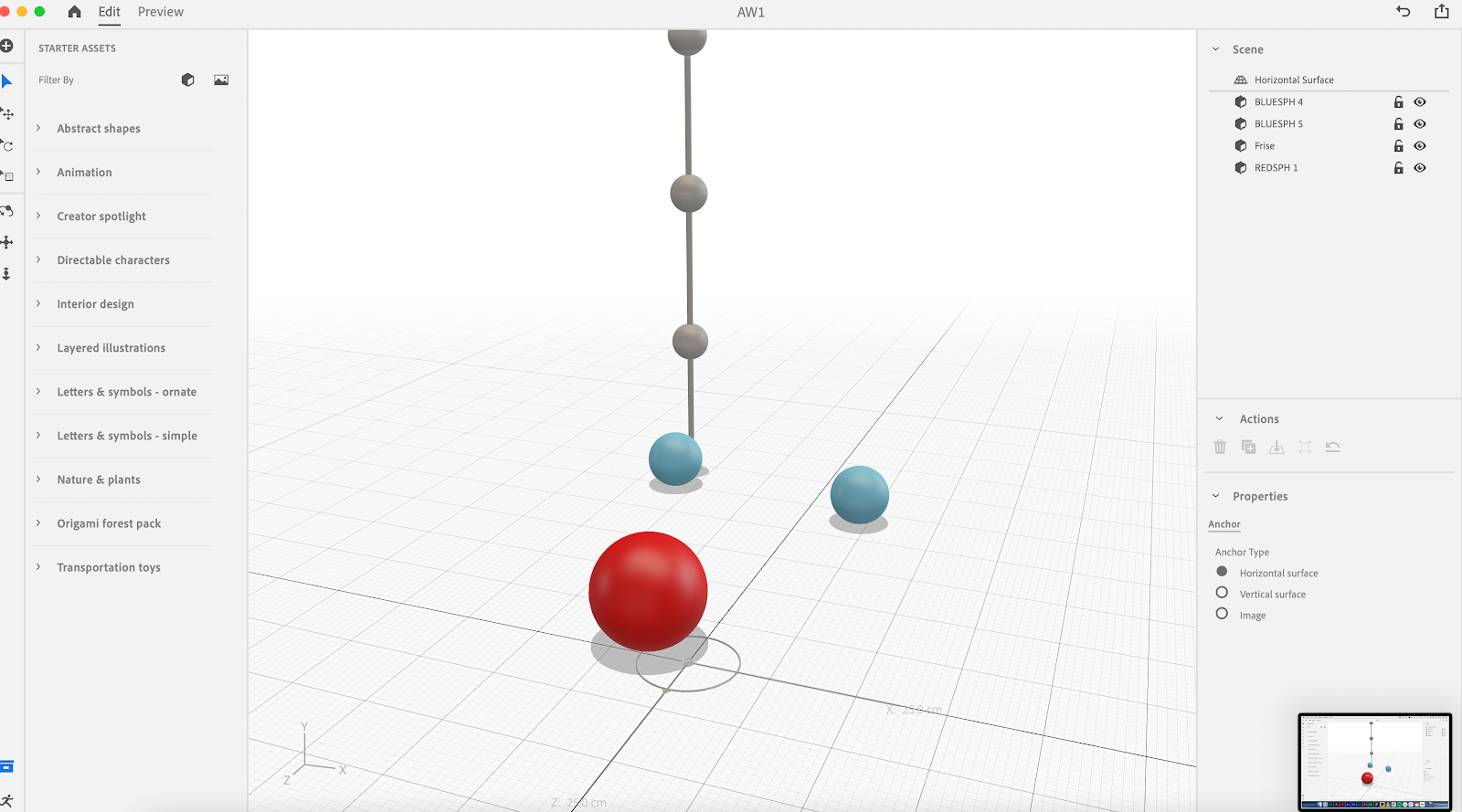
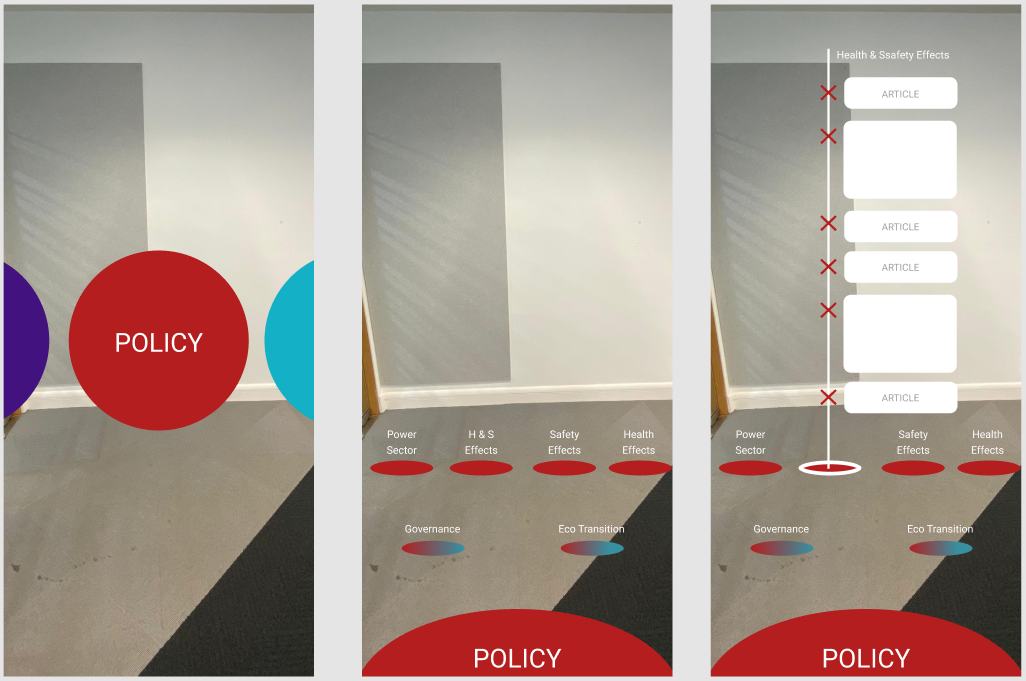
AR improvements based on the developed information hierarchy. Top row created by Tatiana, bottom row made by Kate.
PRESENTATION & FEEDBACK
As we were putting our presentation together, we realised that we have distanced ourselves from focusing on speculating about the future and generating chaos we slightly adjusted our aim:
To challenge the passive intake of information through creating an opportunity for
personalised exploration in a multi-dimensional way
Upon presenting, our peers positively commented on the improvements of our project. However, everyone regretted the disappearance of the paper planes. Furthermore, it was mentioned that there is a lack of obvious link between the AR and the website and how you get from one to the other. Furthermore, it was mentioned that our website looked inconsistent between different pages in terms of appearance. Before the presentation, we have also attended a tutorial with John, where he mentioned that we need to develop a specific user journey that clearly explains how a person would go from having a question about a specific topic, to receiving an answer through our design.
Bibliography
Hoffmann Centre. 2021. Hoffmann Centre for Sustainable Resource Economy. [online] Available at: <https://hoffmanncentre.chathamhouse.org/> .
Lindley, J., Akmal, H. and Coulton, P., 2020. Design Research and Object-Oriented Ontology. Open Philosophy, 3(1), pp.11–41.
Martin, B. and Hanington, B., 2012. Universal Methods of Design. 100 Ways to Research Complex Problems, Develop Innovative Ideas, and Design Effective Solutions. 2nd ed. Beverly: Rockfort Publishers, pp.26–27.